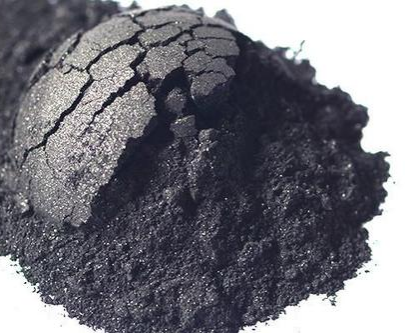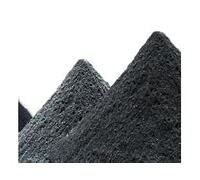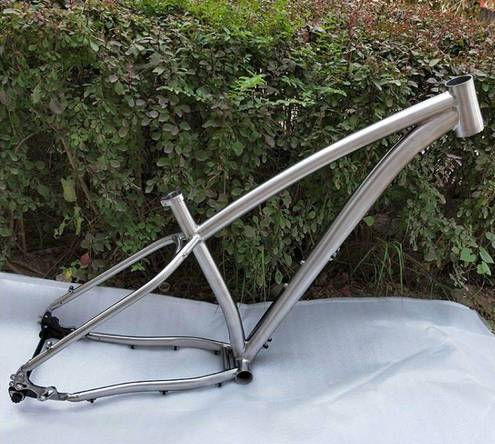1. Introduction
Ever wondered what gives high-performance aerospace parts their strength-to-weight edge? Chances are, titanium powder played a role. From medical implants to jet engines, titanium powder—and its many variants—powers some of the most demanding applications in modern engineering.

But not all titanium powders are created equal. With options ranging from gas-atomized spherical particles to HDH (hydride-dehydride) irregular shapes, and alloys like Ti6Al4V or composites like titanium diboride, choosing the right type matters. And let’s not forget cost: titanium powder price per kg can swing wildly based on purity, particle size, and form.
In this deep dive, we’ll unpack the different kinds of titanium powder, compare them to other strategic metal powders like molybdenum and tungsten, and explore why industries are increasingly turning to titanium powder for 3D printing and beyond.
2. Types of Titanium Powder and Their Unique Properties
2.1 Pure Titanium Powder vs. Titanium Alloy Powder
Pure titanium powder offers excellent corrosion resistance and biocompatibility, making it ideal for medical devices. However, for structural applications, alloyed versions like ti6al4v powder (also called ti64 powder) dominate. This alpha-beta alloy contains 6% aluminum and 4% vanadium, delivering superior strength and fatigue resistance—critical in aerospace and defense.
2.2 Production Methods: Gas Atomized vs. HDH
Gas atomized titanium powder yields spherical particles perfect for smooth flow in additive manufacturing. In contrast, HDH titanium powder is angular and cheaper but less suitable for high-precision 3D printing. If you’re looking at titanium powder for 3d printing, spherical morphology isn’t just preferred—it’s essential for consistent layer deposition.
2.3 Specialty Powders: Beyond the Basics
- Titanium nitride powder and titanium carbide powder are ultra-hard ceramics used in cutting tools and wear-resistant coatings.
- Titanium diboride powder (TiB2) and titanium boride powder offer high melting points and electrical conductivity, useful in refractory applications.
- Tih2 powder (titanium hydride) serves as a precursor in powder metallurgy due to its easier milling properties.
- Tio2 nano powder is widely used in sunscreens and photocatalysts—not to be confused with metallic titanium powder.
- Titanium flash powder? That’s a pyrotechnic mix, not industrial-grade material—and highly hazardous.
3. Titanium Powder in Additive Manufacturing
Additive manufacturing has revolutionized how we use titanium metal powder. The demand for titanium 3d printing powder continues to surge, especially in custom orthopedic implants and lightweight aerospace components.

Key requirements include high sphericity, low oxygen content (<0.15%), and tight particle size distribution (typically 15–45 µm). Gas atomized titanium powder meets these specs best, though it commands a premium—titanium powder for 3d printing price often exceeds $300–$600 per kg, depending on grade and supplier.
When comparing ti6al4v powder price versus pure titanium powder, expect alloys to cost more due to complex processing and raw material inputs. Still, the performance payoff justifies the expense for mission-critical parts.
4. Pricing and Sourcing Considerations
Titanium powder price hinges on multiple factors: purity, particle shape, production method, and volume. On average, titanium metal powder price ranges from $100/kg for coarse HDH grades to over $800/kg for high-spec spherical powder for aerospace AM.
If you’re looking to buy titanium powder, work with a reputable titanium powder supplier who provides full traceability and certifications (e.g., ASTM F1580 for medical-grade Ti). Beware of vague listings—“titanium powder for sale” doesn’t guarantee suitability for your application.
Also note: “titanium dust” is a safety concern. Fine titanium powder is flammable and requires careful handling under inert atmospheres.
5. How Titanium Powder Stacks Up Against Molybdenum and Tungsten Powders
While titanium excels in strength-to-density ratio, molybdenum powder and tungsten powder serve different niches—mainly high-temperature stability.
Molybdenum metal powder (often called moly powder) is used in furnace components and electronics. Variants like molybdenum disulfide powder (MoS2 powder) act as dry lubricants, while tzm powder (a Mo-Ti-Zr alloy) offers enhanced creep resistance.
Tungsten powder, meanwhile, is the heavyweight champion—literally. With the highest density among common metals (~19.3 g/cm³), tungsten metal powder is used in radiation shielding, kinetic penetrators, and wear parts. Spherical tungsten powder is gaining traction in AM, though its extreme hardness complicates processing.

Price-wise, tungsten powder price per kg is generally lower than titanium powder cost, but tungsten carbide powder price can rival or exceed that of Ti6Al4V due to cobalt binders and sintering complexity.
Global players like Global Tungsten & Powders Corporation dominate the tungsten space, while international titanium powder markets are more fragmented, with key suppliers in the U.S., Germany, and Japan.
6. Emerging Trends and Niche Applications
Beyond mainstream uses, researchers are exploring titanium nanopowder for catalysis and hydrogen storage. Titanium coated diamond powder enhances thermal conductivity in composites, while burnt titanium powder coat finishes offer aesthetic appeal in consumer goods.
Interestingly, titanium dioxide powder (TiO2) is unrelated to metallic titanium powder—it’s a white pigment found in paints, food, and cosmetics. Don’t confuse tio2 powder with reactive titanium metal powder; they behave completely differently.
And no, you can’t easily powder coat titanium—the oxide layer interferes with adhesion. Specialized pretreatments are needed, which is why most titanium parts rely on anodizing instead.
7. Conclusion
Titanium powder isn’t just another metal—it’s a gateway to lighter, stronger, and more resilient engineering solutions. Whether you need pure titanium powder for biocompatible implants or ti6al4v powder for jet turbines, understanding the nuances of form, function, and cost is crucial.
As additive manufacturing scales, expect innovations in recycling, in-situ alloying, and hybrid powders (like titanium-molybdenum blends) to reshape the market. For now, knowing your powder—from hdh titanium powder to spherical titanium powder—means better performance, safety, and value.
Our Website founded on October 17, 2012, is a high-tech enterprise committed to the research and development, production, processing, sales and technical services of ceramic relative materials such as What. Our products includes but not limited to Boron Carbide Ceramic Products, Boron Nitride Ceramic Products, Silicon Carbide Ceramic Products, Silicon Nitride Ceramic Products, Zirconium Dioxide Ceramic Products, etc. If you are interested, please feel free to contact us.
